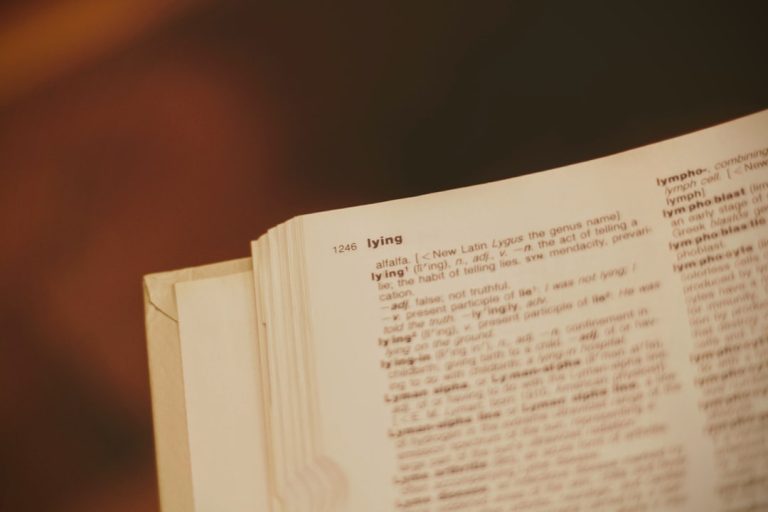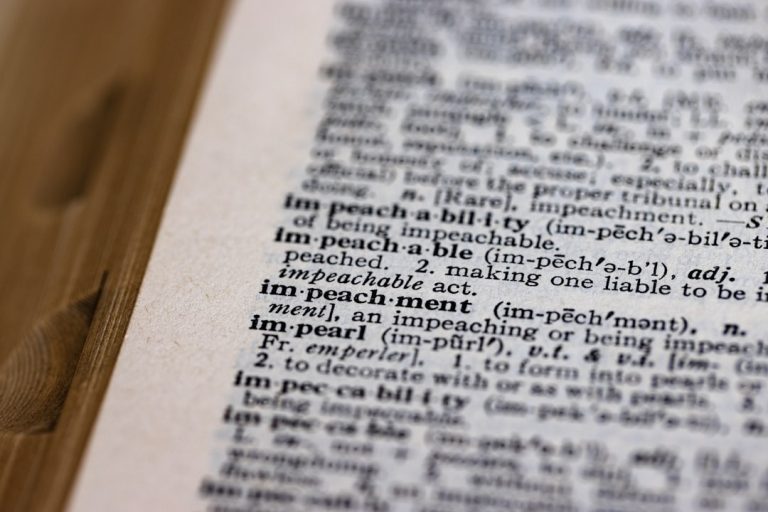
In the realm of English grammar, clauses and phrases serve as fundamental building blocks that contribute to the structure and meaning of sentences. Understanding these components is essential for anyone looking to enhance their writing and communication skills. A clause is a group of words that contains a subject and a verb, while a phrase is a collection of words that does not include both a subject and a verb.
This distinction is crucial, as it lays the groundwork for constructing coherent and grammatically correct sentences. The significance of mastering clauses and phrases extends beyond mere academic interest; it is vital for effective communication in both spoken and written forms. Whether one is crafting an essay, composing an email, or engaging in casual conversation, the ability to manipulate clauses and phrases can greatly influence clarity and impact.
As we delve deeper into the intricacies of these grammatical elements, we will explore their differences, types, roles in sentence structure, common errors, and strategies for improvement.
Key Takeaways
- Clauses and phrases are essential components of sentence structure in English grammar.
- Understanding the difference between clauses and phrases is crucial for constructing clear and effective sentences.
- Independent clauses can stand alone as complete sentences, while dependent clauses rely on an independent clause to form a complete thought.
- Noun, verb, adjective, and adverb phrases serve different functions in a sentence and can modify or complement other words.
- Mastering the use of clauses and phrases is key to improving your overall proficiency in American English grammar.
Understanding the Difference Between Clauses and Phrases
To grasp the nuances between clauses and phrases, one must first recognize their definitions and functions within a sentence. A clause is characterized by its inclusion of both a subject and a predicate, which typically consists of a verb and any accompanying objects or modifiers. For instance, in the sentence “She runs every morning,” “She” serves as the subject, while “runs every morning” forms the predicate.
This combination allows clauses to convey complete thoughts or ideas, making them essential for constructing meaningful sentences. In contrast, phrases lack either a subject or a verb, which means they cannot stand alone as complete thoughts. For example, “in the morning” is a prepositional phrase that provides additional information but does not express a complete idea on its own.
Phrases can function as various parts of speech within a sentence, such as nouns, verbs, adjectives, or adverbs. Understanding this distinction is crucial for writers and speakers alike, as it enables them to create more complex and nuanced sentences by effectively combining clauses and phrases.
Types of Clauses: Independent and Dependent

Clauses can be categorized into two primary types: independent clauses and dependent clauses. An independent clause is a complete thought that can stand alone as a sentence. It contains a subject and a verb and expresses a complete idea.
For example, in the sentence “The dog barked loudly,” “The dog barked loudly” is an independent clause because it conveys a full thought without requiring additional information. On the other hand, dependent clauses cannot stand alone as complete sentences; they rely on independent clauses to provide context and meaning. These clauses often begin with subordinating conjunctions such as “because,” “although,” or “when.” For instance, in the sentence “Although it was raining, we decided to go for a walk,” “Although it was raining” is a dependent clause that cannot function independently.
It requires the independent clause “we decided to go for a walk” to form a complete thought. Recognizing the difference between these two types of clauses is essential for constructing complex sentences that convey more intricate ideas.
Types of Phrases: Noun, Verb, Adjective, and Adverb
| Phrase Type | Definition | Example |
|---|---|---|
| Noun Phrase | A phrase that functions as a noun in a sentence. | The big red apple |
| Verb Phrase | A phrase that functions as a verb in a sentence. | She is running quickly |
| Adjective Phrase | A phrase that functions as an adjective in a sentence. | The house with the blue door |
| Adverb Phrase | A phrase that functions as an adverb in a sentence. | He ran very quickly |
Phrases can be classified into several types based on their function within a sentence. Noun phrases serve as subjects or objects within sentences and typically consist of a noun along with its modifiers. For example, in the phrase “the tall building,” “building” is the noun, while “the tall” serves as its modifier.
This type of phrase can replace a single noun in a sentence, enhancing clarity and detail. Verb phrases consist of a main verb along with its auxiliary verbs or modifiers. For instance, in the phrase “has been running,” “running” is the main verb, while “has been” serves as an auxiliary verb that provides additional context regarding tense or aspect.
Adjective phrases modify nouns by providing descriptive details; for example, “full of energy” in “the child full of energy” describes the noun “child.” Lastly, adverb phrases modify verbs, adjectives, or other adverbs by providing information about manner, time, place, or degree. An example would be “with great enthusiasm” in the sentence “She sang with great enthusiasm.” Each type of phrase plays a distinct role in enriching sentence structure and meaning.
The Role of Clauses and Phrases in Sentence Structure
Clauses and phrases are integral to creating varied and sophisticated sentence structures. By combining independent and dependent clauses, writers can convey complex ideas while maintaining clarity. For instance, consider the sentence: “While I enjoy reading novels, I often find myself distracted by my phone.
” This combination allows for a more nuanced expression of thought.
Phrases also contribute significantly to sentence structure by adding detail and depth. A well-placed noun phrase can clarify who or what is being discussed, while an adverb phrase can specify how an action is performed. For example, in the sentence “The cat slept soundly on the windowsill,” the noun phrase “the cat” identifies the subject clearly, while the adverb phrase “soundly on the windowsill” provides additional context about how and where the action took place.
The interplay between clauses and phrases enables writers to craft sentences that are not only grammatically correct but also rich in meaning.
Common Errors in Using Clauses and Phrases

Comma Splices: A Common Error
One frequent mistake involves comma splices, which occur when two independent clauses are joined by a comma without an appropriate coordinating conjunction. For example, the sentence “I love to read, I often visit the library” contains a comma splice that disrupts the sentence’s flow. To correct this error, a coordinating conjunction can be used, such as in the revised sentence “I love to read, so I often visit the library.”
Misplaced Modifiers: A Source of Confusion
Another common mistake involves misplacing modifiers within phrases. Misplaced modifiers can lead to confusion or unintended meanings. For instance, the sentence “She almost drove her kids to school every day” suggests that she did not drive her kids at all, rather than implying she frequently did so. A clearer construction would be “She drove her kids to school almost every day.”
The Importance of Clarity in Communication
Such errors highlight the importance of careful attention to clause and phrase placement to ensure clarity in communication. By understanding how to correctly use clauses and phrases, individuals can convey their intended message effectively and avoid misunderstandings.
Tips for Improving Your Understanding and Use of Clauses and Phrases
Improving one’s grasp of clauses and phrases requires practice and attention to detail. One effective strategy is to read widely across various genres of writing. Exposure to different styles can help individuals recognize how authors utilize clauses and phrases to enhance their work.
Analyzing sentences from literature or academic texts can provide insights into effective constructions and inspire one’s writing. Additionally, practicing sentence diagramming can be beneficial for visual learners.
Writing exercises that focus on combining simple sentences into more complex structures can also reinforce this understanding. For example, taking two independent clauses like “The sun set” and “The stars appeared” and combining them into one cohesive sentence—”As the sun set, the stars appeared”—can illustrate how clauses work together effectively.
Mastering American English Grammar with Clauses and Phrases
Mastering clauses and phrases is essential for anyone seeking to improve their command of American English grammar. By understanding their definitions, types, roles in sentence structure, common errors, and strategies for improvement, individuals can enhance their writing skills significantly. The ability to manipulate these grammatical elements allows for greater expression of ideas and more effective communication overall.
As one becomes more adept at using clauses and phrases correctly, they will find that their writing becomes clearer and more engaging. This mastery not only benefits academic pursuits but also enhances professional communication and personal expression. Ultimately, investing time in understanding these fundamental components of grammar will yield significant rewards in one’s ability to convey thoughts with precision and creativity.
If you are interested in improving your English language skills, you may also want to check out this article on how to improve English vocabulary. This guide provides valuable tips and strategies for expanding your vocabulary, which can be essential for mastering American English grammar, including clauses and phrases. By enhancing your vocabulary, you can better understand and construct complex sentences, making your writing and speaking more fluent and effective.
FAQs
What are clauses in American English grammar?
Clauses are groups of words that contain a subject and a verb. They can be independent, meaning they can stand alone as a complete sentence, or dependent, meaning they cannot stand alone as a complete sentence.
What are phrases in American English grammar?
Phrases are groups of words that do not contain a subject and a verb. They function as a single part of speech and can act as nouns, verbs, adjectives, or adverbs within a sentence.
What are the different types of clauses in American English grammar?
There are two main types of clauses: independent clauses, which can stand alone as complete sentences, and dependent clauses, which cannot stand alone as complete sentences and rely on an independent clause to form a complete thought.
What are the different types of phrases in American English grammar?
There are several types of phrases, including noun phrases, verb phrases, prepositional phrases, and adjective phrases. Each type of phrase serves a different grammatical function within a sentence.
How do clauses and phrases contribute to the structure of American English sentences?
Clauses and phrases are essential building blocks of American English sentences. They help to convey meaning, provide additional information, and connect ideas within a sentence. Understanding how to use clauses and phrases correctly is crucial for constructing clear and effective sentences in American English.






